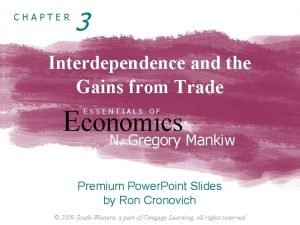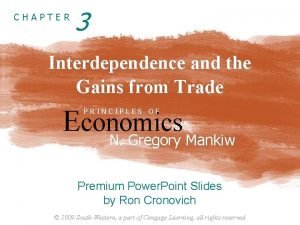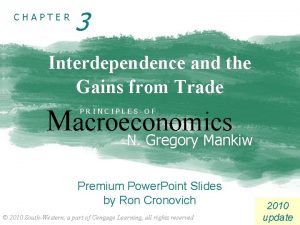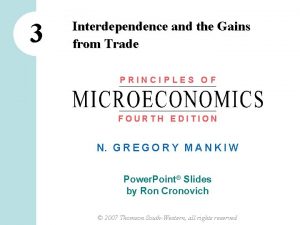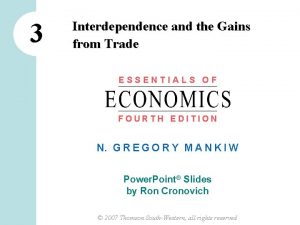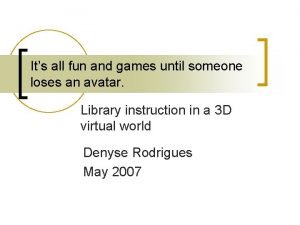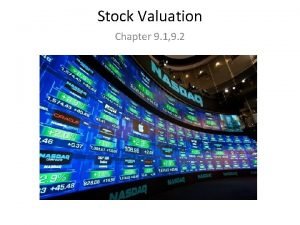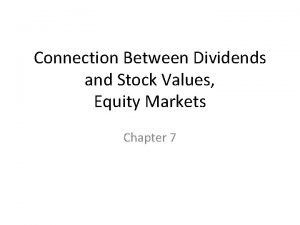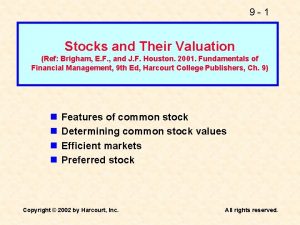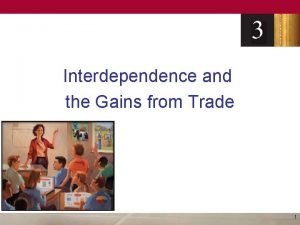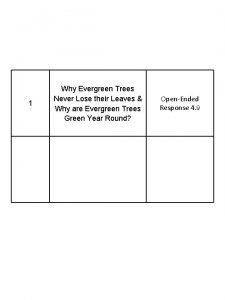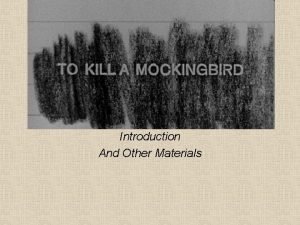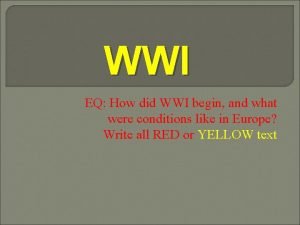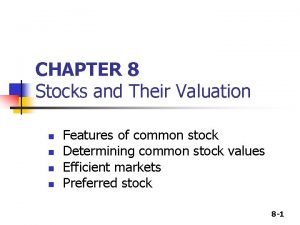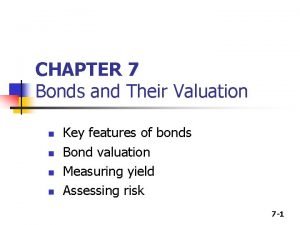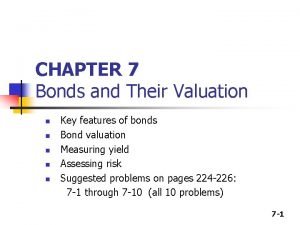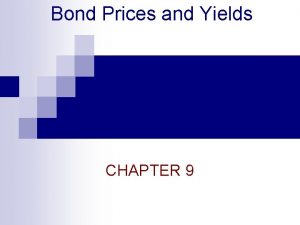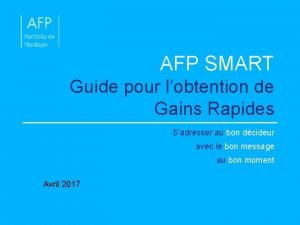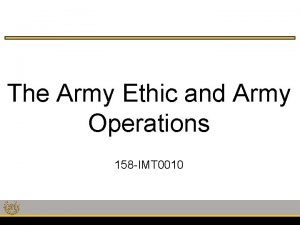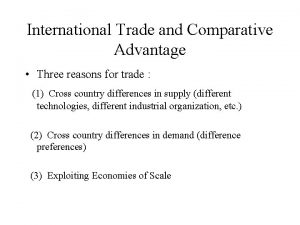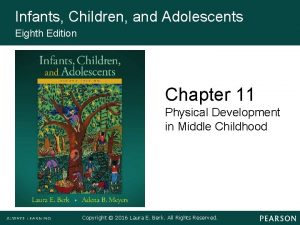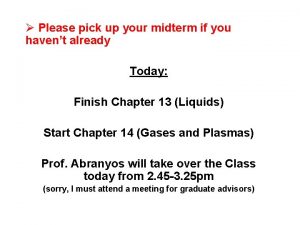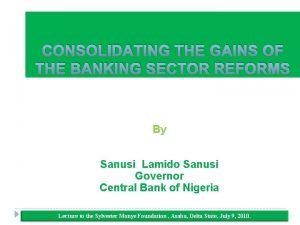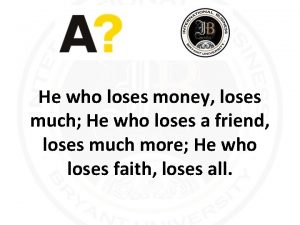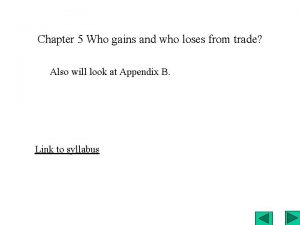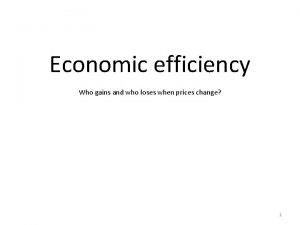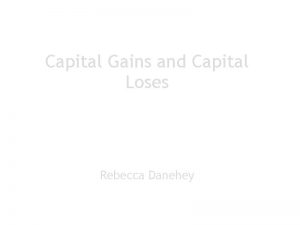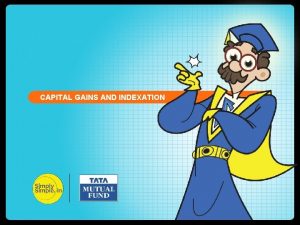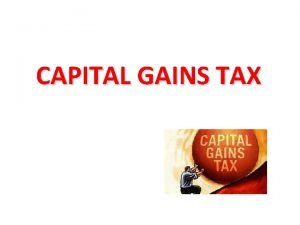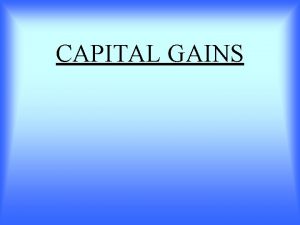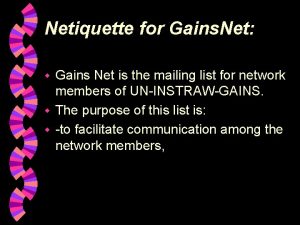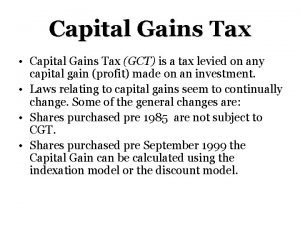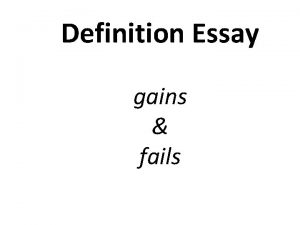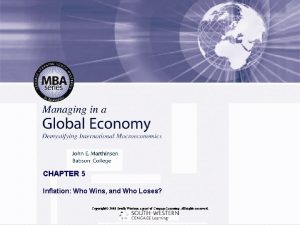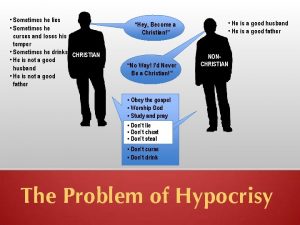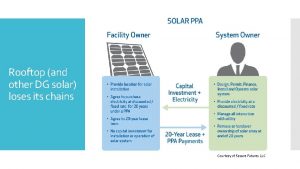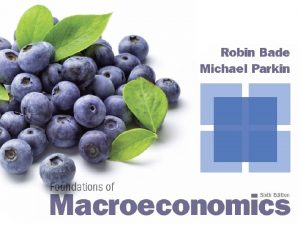Chapter 5 Who Gains and Who Loses from






























- Slides: 30

Chapter 5: Who Gains and Who Loses from Trade? Mc. Graw-Hill/Irwin Copyright 2009 by The Mc. Graw-Hill Companies, Inc. All rights reserved.

Within a country n SR effects of opening trade n The US - exports wheat (price of wheat increases compared to pre-trade levels) n US winners: landlords in wheat production, wheat farm workers n US losers: cloth workers, n landlords in cotton n ROW – exports cloth (price increases) n ROW winners: cloth workers, landlords in cotton and wool production n ROW losers: landlords in wheat production, wheat farm workers 5 -2

n LR factor-price response – factors move between sectors in search of higher returns (income gaps in SR) In the US… n Some US cloth workers will find jobs in wheat production n Wages in wheat production will decline after the SR increase (how much? ) n Wages in cloth production will increase after the initial decrease n Some land will be used for wheat instead of cotton and wool n Rents on land used for wheat will decline after the initial increase 5 -3 n

5 -4

Will wages and rents go back to their pretrade levels after the LR adjustment? n No! n n LR winners: US landowners and foreign workers n The price of land stays above pre-trade levels in US n The price of labour remains above pre-trade levels in ROW n n LR losers: US workers and foreign landowners Reason: wheat is more land intensive and cloth is more labour intensive 5 -5

5 -6

Implications of the H-O theory n The Stolper-Samuelson Theorem Trade changes product prices – wheat has a higher relative price than pre-trade in US n Real return to the factor used intensively in the rising-price industry rises (land in wheat production in the US) n The real return to the factor used intensely in the falling-price industry falls (labour in cloth production in the US) n This does not depend on how much of each product n 5 -7

n The specialized-factor pattern The more a factor is specialized, or concentrated, in the production of a product whose relative price is rising, the more this factor stands to gain from a change in the product price n The more a factor is concentrated into the production of a product whose relative price is falling, the more it stands to lose from the change in the product price n 5 -8

n The factor price equalization theorem With time not only product prices equalize, but also factor prices (even if factors don’t move across countries) n Workers earn the same wage rate in both countries n n Pre-trade wages in US are higher due to scarcity n After trade wages decline n Pre-trade wages are lower in ROW (abundant) n After-trade wages are higher (cloth-export) n Land earns the same return in both countries 5 -9

International Factor Price Equalization n n With the shift to free trade: For each factor, its rate of return becomes more similar between countries. Under ideal conditions, its real rate of return is the same in different countries. Example: Labor. With no trade, the wage rate is high in the labor-scarce country. The wage rate is low in the labor-abundant country. With free trade, the import of labor-intensive products pushes the wage-rate down in the labor-scarce country. The export of labor-intensive products pulls the wage rate up in the laborabundant country. 5 -10

H-O and actual trade patterns Factor endowments see table n International trade – see table n 5 -11

Figure 5. 3 - Shares of the World’s Factor Endowments, Early 2000 s 5 -12

5 -13

Export-oriented and importcompeting factors The US pattern – see table n The Canadian pattern –see table n 5 -14

Factor Content of U. S. Exports and Competing Imports 5 -15

Canada’s Exports and Competing Imports 5 -16

Do factor prices equalize internationally? ? The strong form of theorem is subject to many assumptions and conditions n A weak form of theorem – tendency of factor prices towards equalization n 5 -17

5 -18

5 -19

5 -20

International Factor Price Equalization n n With the shift to free trade: For each factor, its rate of return becomes more similar between countries. Under ideal conditions, its real rate of return is the same in different countries. Example: Labor. Ø With no trade, the wage rate is high in the laborscarce country. The wage rate is low in the laborabundant country. Ø With free trade, the import of labor-intensive products pushes the wage rate down in the laborscarce country. The export of labor-intensive products pulls the wage rate up in the laborabundant country. 5 -21

5 -22

5 -23

5 -24

5 -25

5 -26

5 -27

5 -28

5 -29

5 -30
 Interdependence and the gains from trade chapter 3
Interdependence and the gains from trade chapter 3 Interdependence and gains from trade
Interdependence and gains from trade Interdependence and the gains from trade
Interdependence and the gains from trade Interdependence and the gains from trade chapter 3
Interdependence and the gains from trade chapter 3 Chapter 3 interdependence and the gains from trade summary
Chapter 3 interdependence and the gains from trade summary Chapter 3 interdependence and the gains from trade
Chapter 3 interdependence and the gains from trade It's all fun and games until someone loses an i
It's all fun and games until someone loses an i Dividend yield and capital gains yield
Dividend yield and capital gains yield Non constant growth model
Non constant growth model Dividend yield and capital gains yield
Dividend yield and capital gains yield Cephalocaudal and proximodistal pattern diagram
Cephalocaudal and proximodistal pattern diagram Interdependence and the gains from trade
Interdependence and the gains from trade Why does grover lose his pants
Why does grover lose his pants Whoever finds their life will lose it
Whoever finds their life will lose it Evergreen trees never shed their leaves
Evergreen trees never shed their leaves What will happen if tom robinson loses his last appeal?
What will happen if tom robinson loses his last appeal? Engine rotation direction from front
Engine rotation direction from front How did wwi begin
How did wwi begin Fsa scale scores learning gains 2021
Fsa scale scores learning gains 2021 Italian gains in ww1
Italian gains in ww1 Capital gain yield
Capital gain yield Capital gain yield formula
Capital gain yield formula Expected capital gains yield formula
Expected capital gains yield formula Current yield vs yield to maturity
Current yield vs yield to maturity Rapides gains
Rapides gains Rapides gains
Rapides gains Consolidation of gains
Consolidation of gains Law of comparative advantage
Law of comparative advantage Infants and children 8th edition
Infants and children 8th edition As a fluid gains speed, its internal pressure
As a fluid gains speed, its internal pressure State eight gains of the reform on the banking sector
State eight gains of the reform on the banking sector
